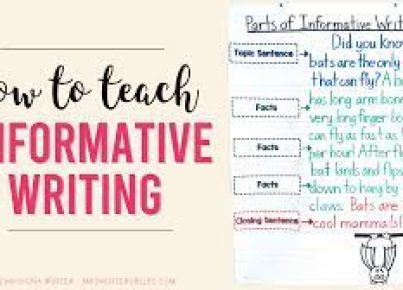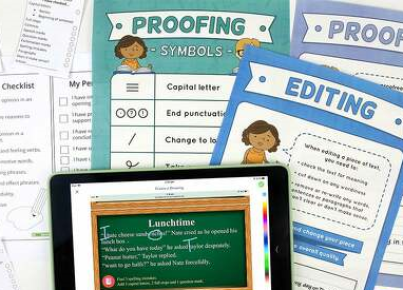A well-written conclusion is an essential component of a successful essay, report, or research paper. It serves to reinforce key points discussed in the piece and leave readers with a memorable impression that won’t fade quickly. In this article, we will explore the essential steps needed to create a compelling conclusion that your audience will appreciate and remember.
1. Restate your thesis statement or main idea
Begin your conclusion by restating your thesis statement or the main idea you sought to develop throughout the piece. This is important because it reminds the reader of your argument, While rephrasing your original claim, ensure that it still conveys the same meaning and resonates with the overall tone of your writing.
2. Summarize key points
After restating your thesis, provide a summary of the critical points covered in your work. This recap should be brief and concise, focusing on the main arguments, evidence, or examples that supported your thesis statement. Be careful not to introduce any new information or ideas at this point.
3. Demonstrate the significance and implications of your work
Address the broader implications and significance of your piece by discussing why it matters to the reader or society as a whole. Consider questions such as how your findings contribute to existing knowledge in a particular field, how they might impact future research, or what practical applications they may have.
4. Include recommendations or future research directions (if applicable)
If appropriate for your topic or discipline, you can provide recommendations based on your findings. This might involve suggesting policy changes for governments, specific actions for organizations, or further research directions to explore unanswered questions.
5. End with a memorable closing thought
Your final sentence should leave a lasting impression on readers so that they continue thinking about the topic long after they’ve finished reading. To achieve this effect, consider ending with a thought-provoking statement, quotation, or question, or, alternatively, circling back to an anecdote or example presented in your introduction. This will create a sense of closure and unity within your writing.
Remember, a strong conclusion can make the difference between a forgettable piece and one that stands out in the reader’s mind. By following these steps, you can craft conclusions that effectively bring your work full circle and leave audiences captivated. Practice and refine your conclusion-writing skills, and watch as your writing impacts those who delve into it.




